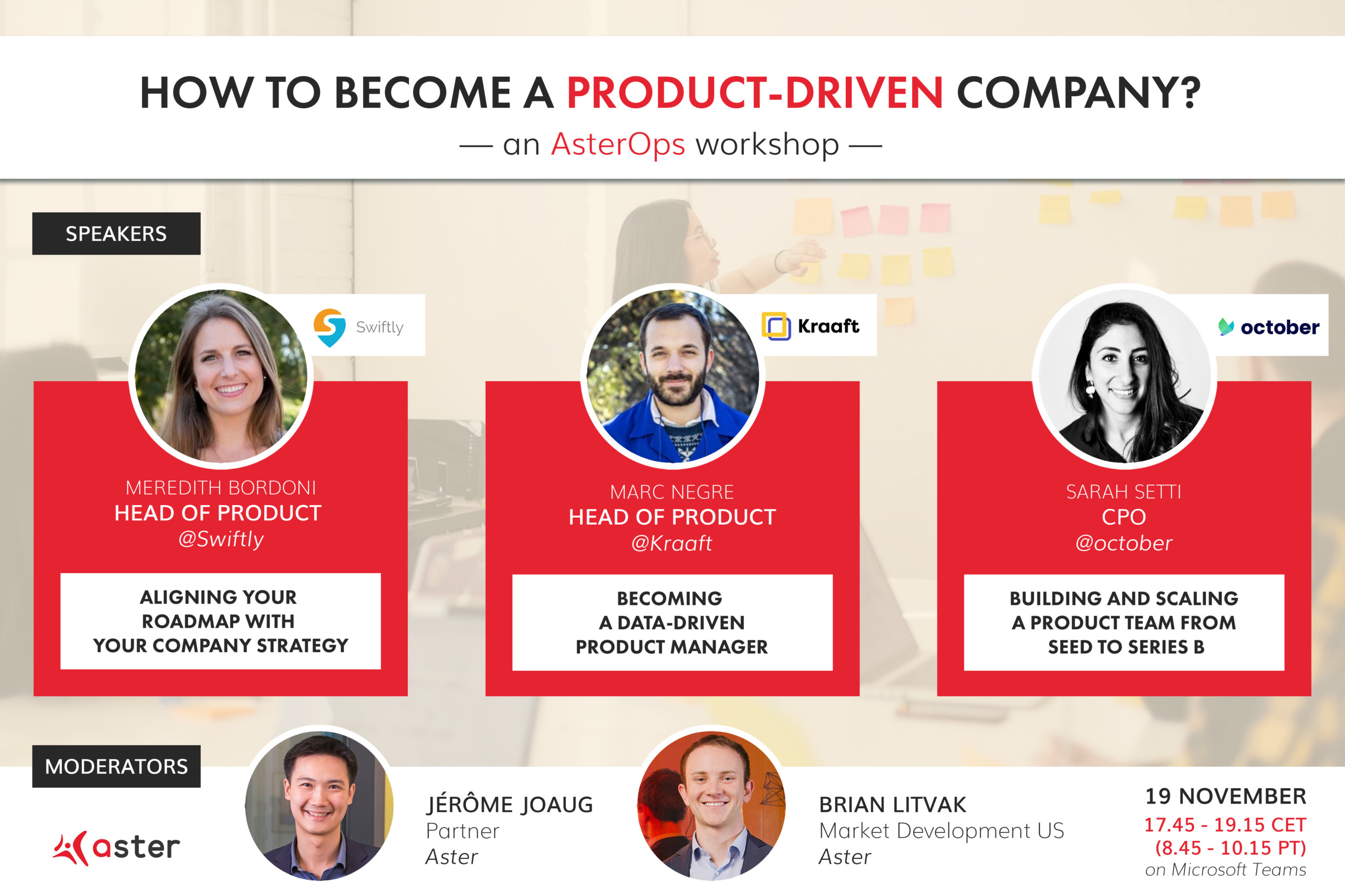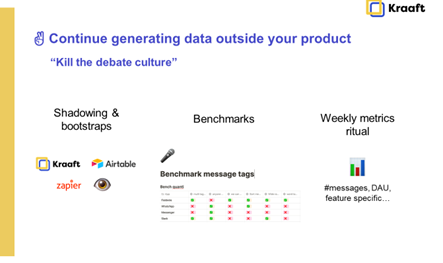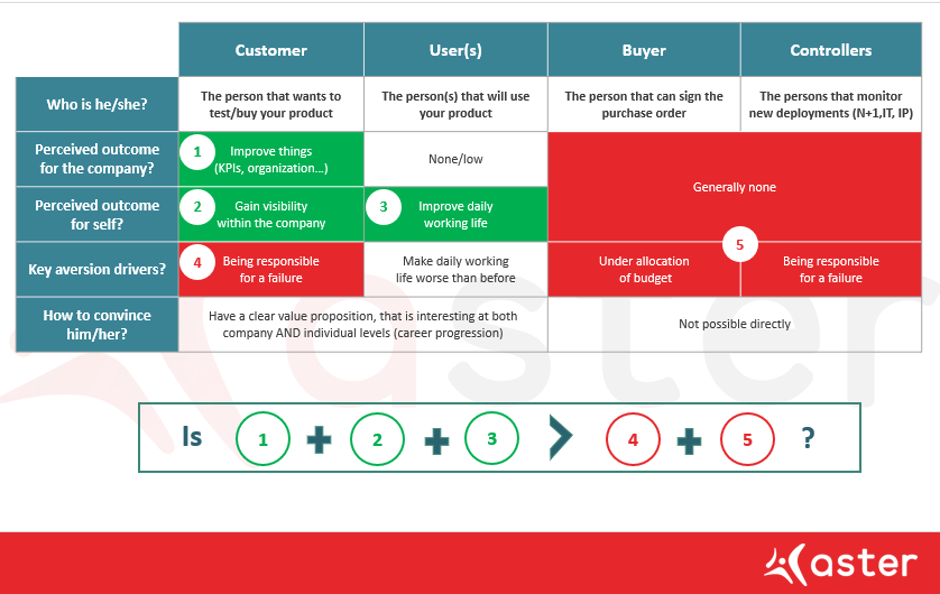In this article, I will try to bring some rationale to this question by explaining the VC approach as well as the choices faced by founders.
The Venture Capital industry is constantly looking for the latest most interesting topics, sometimes making startups look like fashion trends. And like any fashion trend, the reality is different from what we see. Today, startup success seems to be measured by its growth rate and inflated valuation. This is now the norm but to many, including entrepreneurs and investors, the logic doesn’t look always add up.
Venture Capital investors are definitely adding to this frenzy. In fact, the way VCs invest varies tremendously across the industry but there is one question that all of them will ask entrepreneurs pitching for funding: “How do you scale?”
Staying small is perfectly fine
First, it is important to mention that growth is primarily a matter of choice for many business owners. In fact, running a small, profitable business with or without growth ambition is not just perfectly fine, it is also fundamental. SMEs represent the vast majority of our economy and are absolutely critical to the economic fabric of our countries.
Without dismissing their importance, however, VC’s focus is on companies with high growth potential. This is set by the inherent high risk of startup investing. VCs are unicorn hunters. These are rare but are the only ones that will guarantee the positive return of their funds. From Series A onward, VCs are only focused on companies with scaling and growth potential, or in other words, rockets on their launching pads ready to take off.
For entrepreneurs who have a profitable business, it is most often a question of personal choice or ambition to go for high growth. Sometimes, it is more a matter of timing and competition.
Is “scaling” the same as “growing”?
So, scaling is critical to VCs but interestingly, not many entrepreneurs address this aspect in a convincing manner when pitching. Even more interesting, not many VCs can explain what they mean by “scale” in simple terms.
Adding to the confusion, “scaling” is commonly used in the same way as “growing”, although these are two different concepts. One can say “scale or grow revenue”, “scale or grow a business”, but investors always ask “how do you scale?”, never “how do you grow?”. This means there must be a difference!
Indeed, scaling is about increasing revenue generated by one unit of resource, or simply put, doing more with less. It is about making the business more efficient and improving its unit economics over time. It means constantly aligning the rocket to go faster by following the optimum trajectory. Examples of high-level metrics that are signs of scaling companies are: increase in recurring revenue, lead velocity rate or decrease of cost of sales.
Growing, instead, is about acquiring and allocating resources. It is about raising funding and using the funds to recruit sales people or expanding to other geographies. It means adding more fuel to the rocket for it to go farther. The main high-level metrics showing growth are revenue increase, pace of past fundraising rounds or headcounts.
Now that those definitions are set, one can already make one first remark. Nowadays, companies showing high growth are plenty whereas those showing good scaling remain scarce.
Both concepts are obviously linked but they can work together or against each other. Some companies can scale without growing in size, increasing their revenue through means such as automation, digitalization of processes without going into a hiring spree.
The contrary is very common too. Companies can grow without scaling, and the symptoms are quite easily recognizable.
Bigger doesn’t mean better
At a later funding stage, companies usually use multi-million funding rounds to grow, expand or conquer new markets and countries. With a war chest in the bank, many of those soon-to-be unicorns are tempted by a “growth-first” strategy in order to preempt market shares. This is also often encouraged by their own investors. The consequence of this strategy is that it does not address scaling, which can lead to big pain points that might backfire down the line if the growth is not sustainable.
Early symptoms of growing companies that are not scaling are quite easy to identify. Here are a few examples below, bearing in mind that this is happening at the same time as high revenue growth rate:
- Cost of sales increasing/decreasing margin
- Quality management getting out of control
- Worsening of customer satisfaction
- More and more fragmented company culture, often occurring during international expansion
- Lack of communication within the team or management team losing sight of what is happening.
The consequences can be deadly if the causes of the symptoms are not treated or contained early on:
- Uncontrolled losses in the company, in specific markets or globally
- Demotivated team, and ultimately, key people leaving and high turnover.
If those pain points materialize and scale faster than the business itself, the survival of the startups is down to investors’ confidence, which is in any case putting founders in a pretty uncomfortable position.
So, in the end, what are VCs looking for?
The theoretical answer is quite obvious. VCs are looking for both scale and growth. The reason is extremely simple. Although growth is what drives the exit valuation, companies with a scalable model will progress faster and with less pain (always good to take!) as soon as funds are invested. The reality is obviously less straightforward, and some VCs can prioritize growth for several reasons.
First, no company has nice and shiny metrics from day one, these are built over time through trials and errors. Also, each step in the life of the company brings new challenges that can disrupt those metrics. In early stages, investors evaluate the potential of scalability, which may never materialize but as long as there is growth, founders keep the chance to convince more investors.
Second, there are actually many examples of companies that adopted a “growth-first” strategy and who still managed to exit. In fact, some of the largest IPOs in history were companies who only figured out how to scale after going public. Such exits remain however dependent of market conditions and the confidence of investors on the public market remains much more volatile than on the private one.
Therefore, generally, we will always prefer companies who have built scalability in their model. During high growth phases, we will also recommend and assist founders to prioritize “scaling” over a “growth-only” strategy. We believe this statement should be obvious to founders: if your company struggles to scale, growth will only spark fires that you have to deal with down the line.











